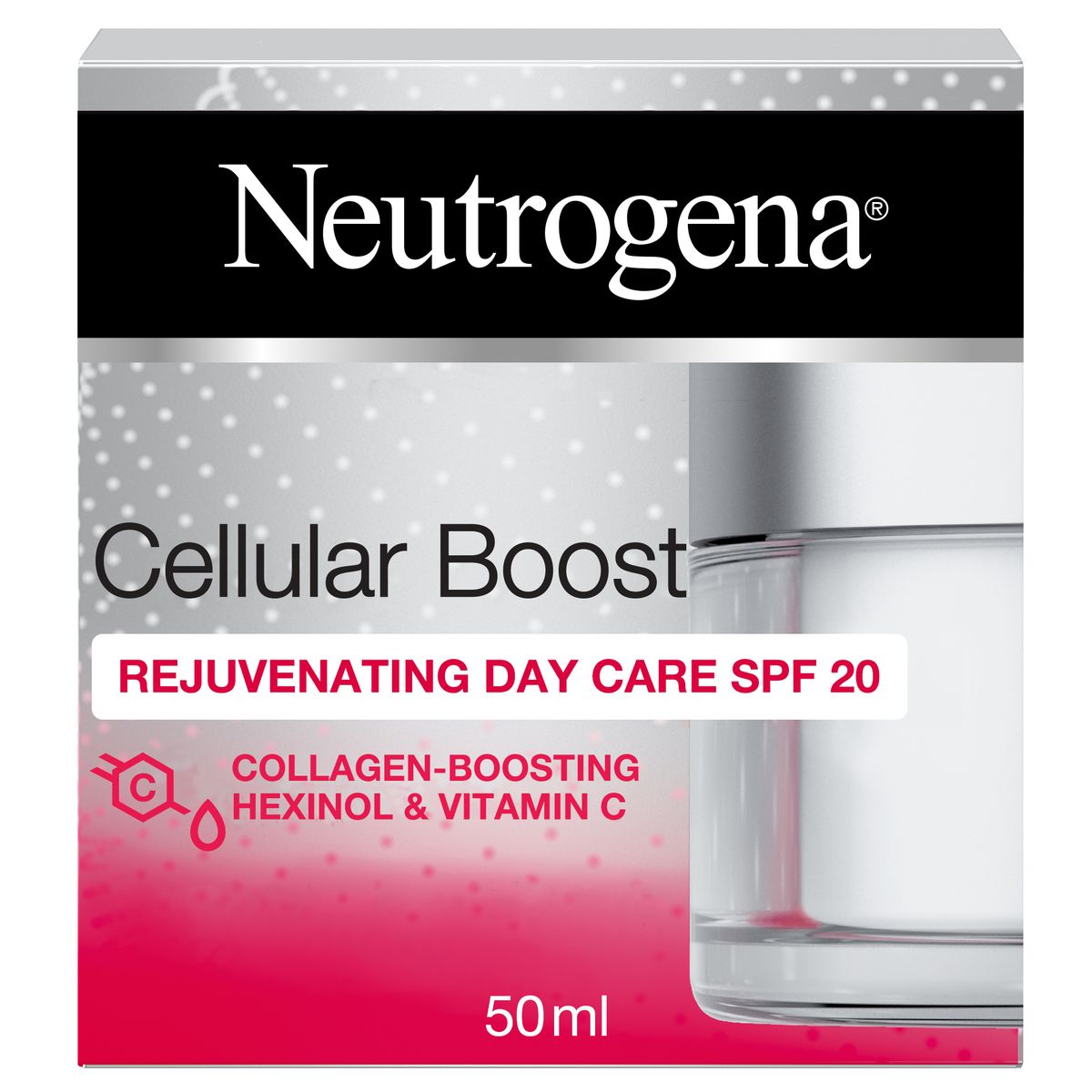When it comes to skincare, the question of duration can often lead to confusion. The beauty industry is rife with an array of products, each promising miraculous effects. Among them, Neutrogena’s range of creams, particularly its collagen-boosting and anti-ageing formulations, have gained significant attention. The pivotal query many consumers find themselves grappling with is, “How long should I keep Neutrogena cream on my face?”
To unravel this conundrum, one must consider not just the product’s elements but also the individual’s skin type, environmental effects, and specific skin concerns. Let’s delve into each factor.
Understanding Neutrogena Cream Ingredients
Understanding the specific constituents of Neutrogena creams is fundamental. Many of the brand’s offerings, such as the Cellular Boost, feature a combination of sunscreen, hyaluronic acid, glycerin, and retinol. Sunscreen requires a different application approach compared to nourishing creams. Ideally, you should apply these creams according to their intended function. For instance, applying Neutrogena moisturizers or day creams like the Cellular Boost in the morning will allow your skin to benefit from the nourishing agents and UV protection throughout the day.
The Skin’s Unique Physiology
Every skin type is distinctive, characterized by varying levels of sensitivity, hydration, and oil production. Individuals with oily or acne-prone skin might need to adjust both the type and duration of application. Conversely, those with dry skin might need to leave the cream on longer to reap its hydrating benefits. Understand your skin by observing how it reacts after application; the ideal timing will soon reveal itself based on your skin’s absorption rate and response.
Application Duration: General Guidelines
The general guideline for applying most Neutrogena creams, particularly those designed for daytime use, is to leave them on for the entirety of the day (approximately 8-12 hours). Regularly applying the cream can enhance its effectiveness in terms of hydration, protection, and even anti-ageing properties. Night creams, on the other hand, are often recommended for extended contact during sleep, ideally about 8 hours. It’s at night that the skin goes into repair mode, making it an opportune time for such products to work their magic.
Time of Year and Environmental Influence
Seasonal changes and environmental factors can profoundly impact how long you should keep Neutrogena cream on your face. During colder months, for instance, moisture retention becomes critical. In these conditions, a cream may be applied without concern for excess residue, as the skin tends to dry out quickly. Likewise, environmental aggressors such as pollution, sun exposure, and varying humidity levels may all necessitate a longer contact period to allow the cream to form a protective barrier.
Listening to Your Skin
While guidelines and product instructions provide the initial framework, tuning into your skin’s signals is paramount. If you feel tautness, irritation, or excessive shine, reassess your application strategy. If a cream feels heavy or uncomfortable, consider a lighter moisturizer or reduce the amount used. Conversely, if your skin appears hydrated and plump, maintain your current routine. Skin tolerance is an evolving narrative, influenced by age, diet, and external factors.
How Often Should You Apply Neutrogena Cream?
Frequency and duration often go hand in hand. Most dermatologists recommend a twice-daily routine for comprehensive hydration—morning and evening. The formulation of the Neutrogena cream will dictate frequency; daytime moisturizers may contain SPF and are, thus, better suited for morning use, whereas night creams offer deeper nourishment and should be reserved for evening application. Implementing this rhythm allows your skin to derive maximum benefits over time.
Potential Side Effects
As with any skincare regimen, the possibility of side effects must be borne in mind. Allergies, irritation, or a greasy residue may signal that a cream is being used improperly or too frequently. Regularly assess your skin’s condition and be vigilant for any negative reactions, which may necessitate a shorter duration of use or a switch to a different formulation. Consulting a dermatologist can provide clarity and personalized recommendations.
Making Adjustments Based on Results
Response to Neutrogena creams may vary based on initial skin conditions and expectations. If results fall short of personal targets, don’t be afraid to tweak your application habits. Perhaps a longer duration is required in conjunction with an appropriate cleansing regimen pre-application, enhancing absorption and efficacy. This iterative approach can lead to significant improvements and personal satisfaction.
Conclusion: Cultivating a Tailored Skincare Ritual
The question of how long to keep Neutrogena cream on your face opens a broader conversation about skincare personalization. Navigating through skin types, environmental influences, and daily routines is essential. The journey to achieving optimal skin health is not definitively paved; it requires an experimental mindset, a willingness to learn, and a readiness to adapt. Armed with this knowledge, individuals can engage more mindfully with their skincare, making informed decisions that lead to healthier, more luminous skin.

